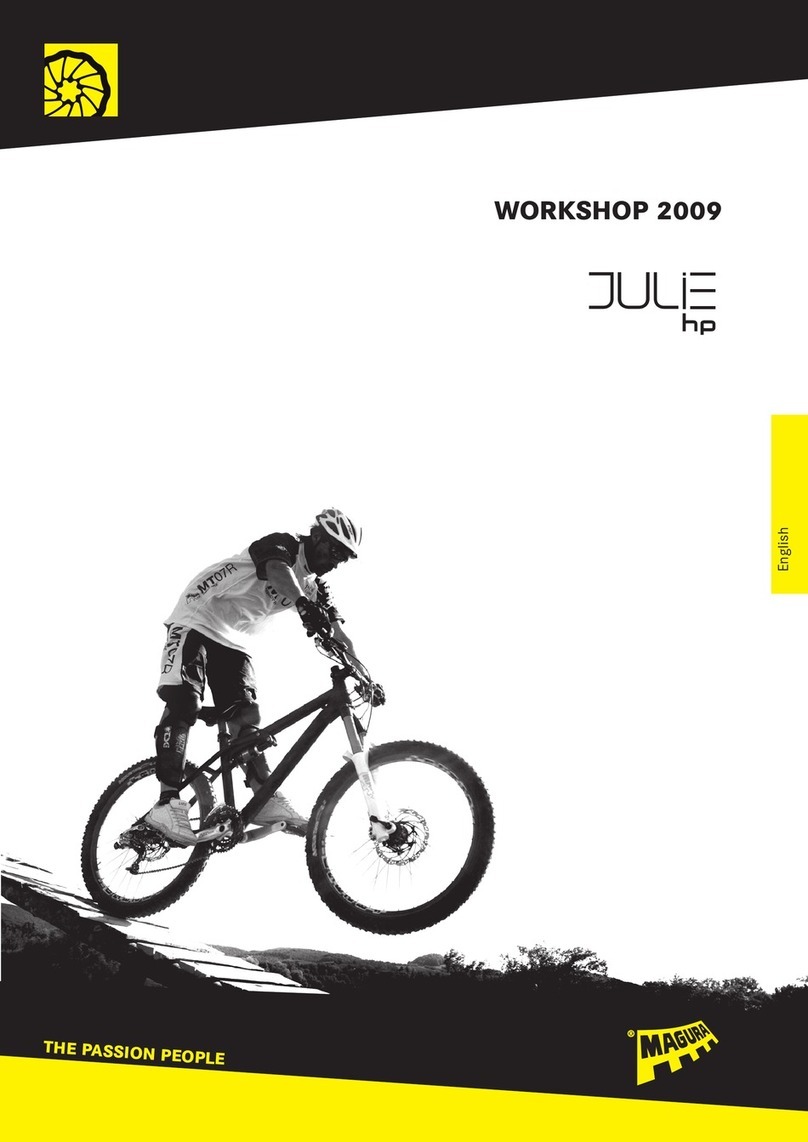Magura HS33 User manual
Other Magura Bicycle Accessories manuals
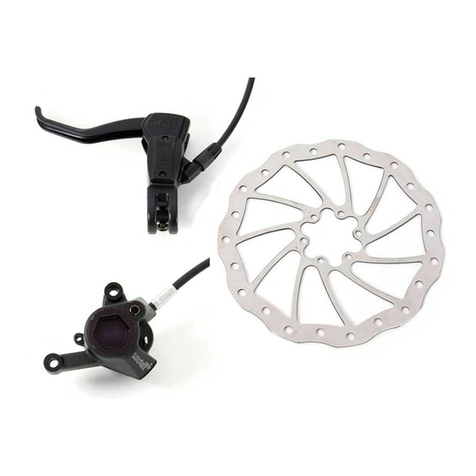
Magura
Magura JULIE User manual
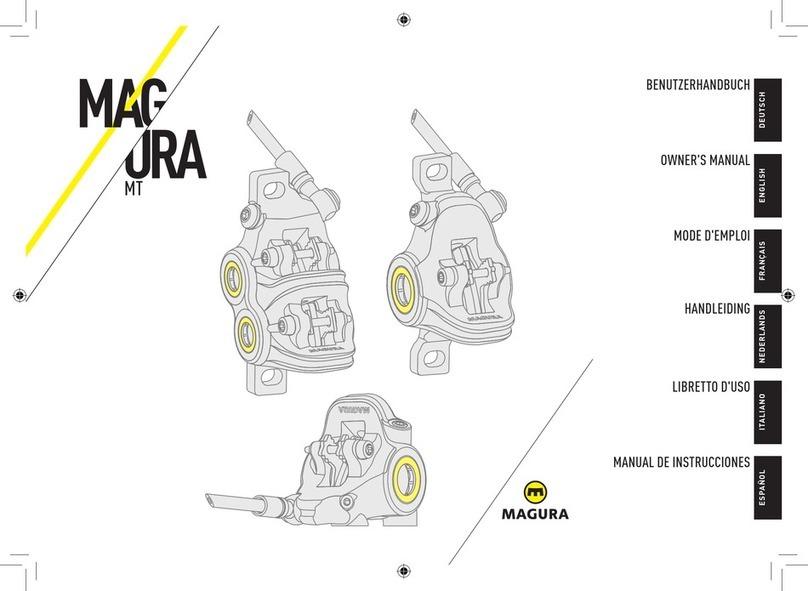
Magura
Magura Storm HC User manual
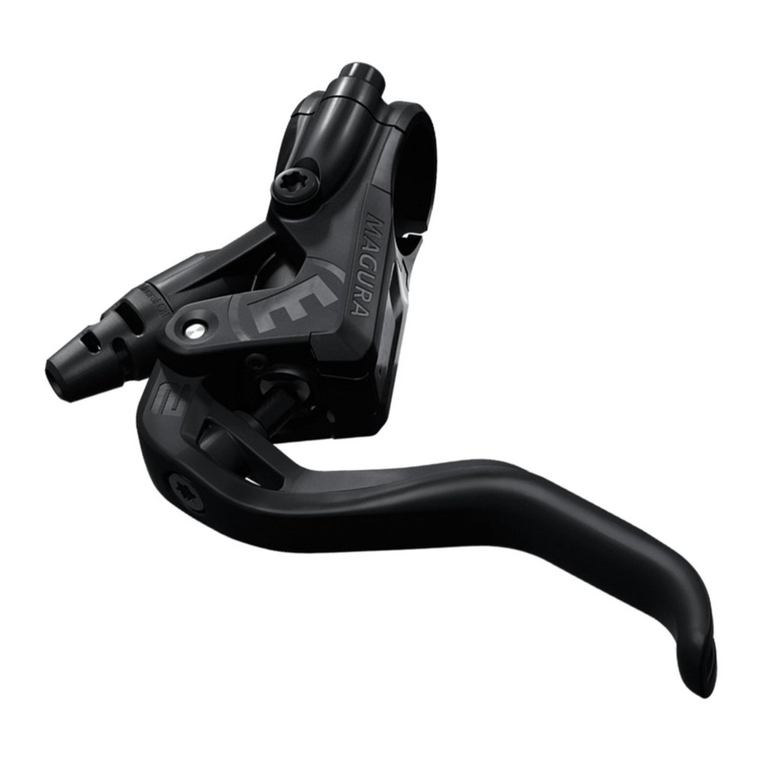
Magura
Magura MT2 User manual
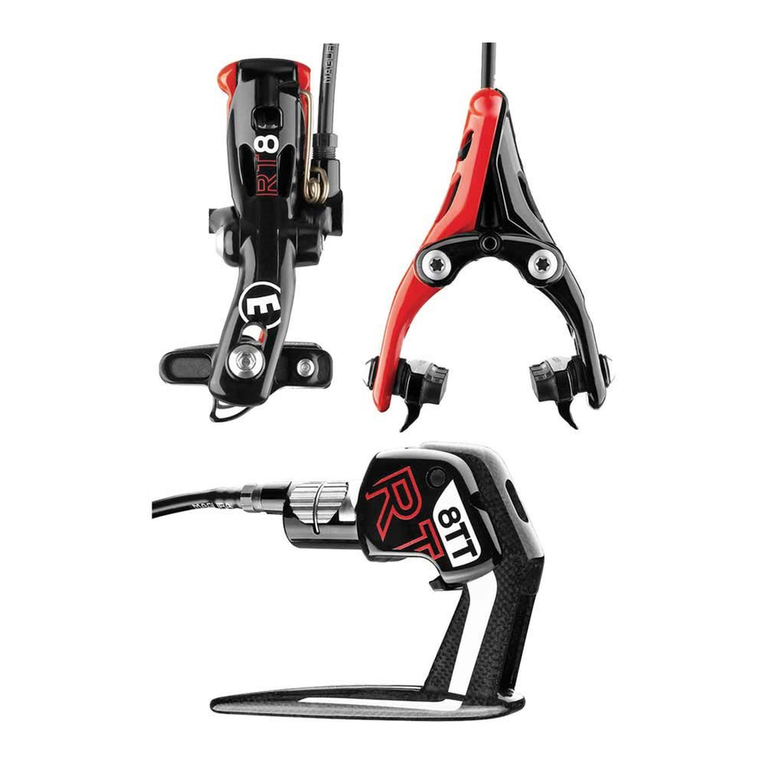
Magura
Magura RT8 TT User manual
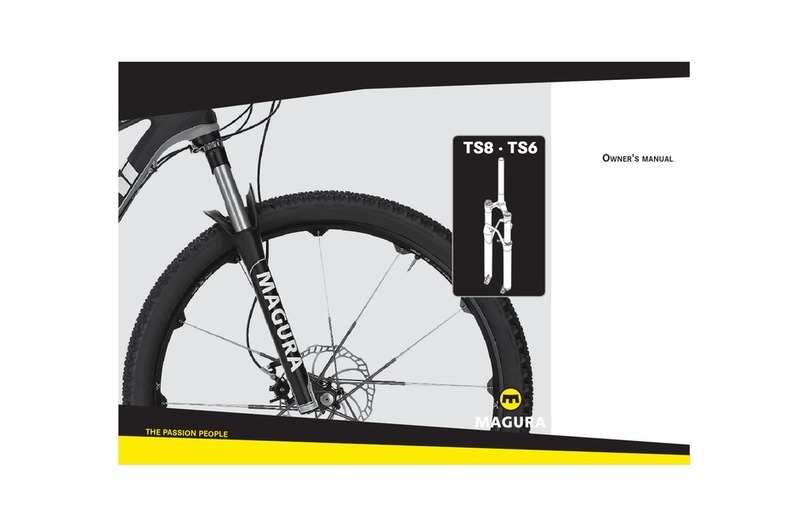
Magura
Magura TS6 User manual

Magura
Magura MT2 User manual
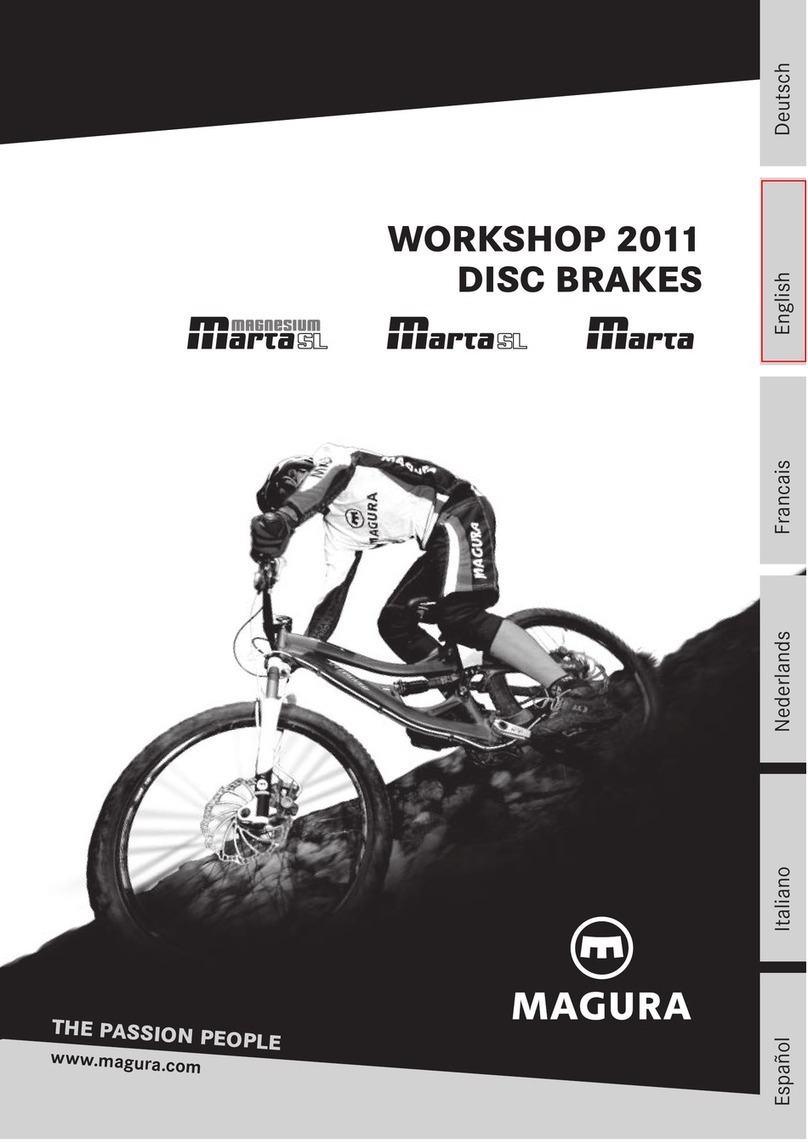
Magura
Magura Marta SL Magnesium Series Instruction manual

Magura
Magura MAGURA HYDRAULIC BRAKE User manual
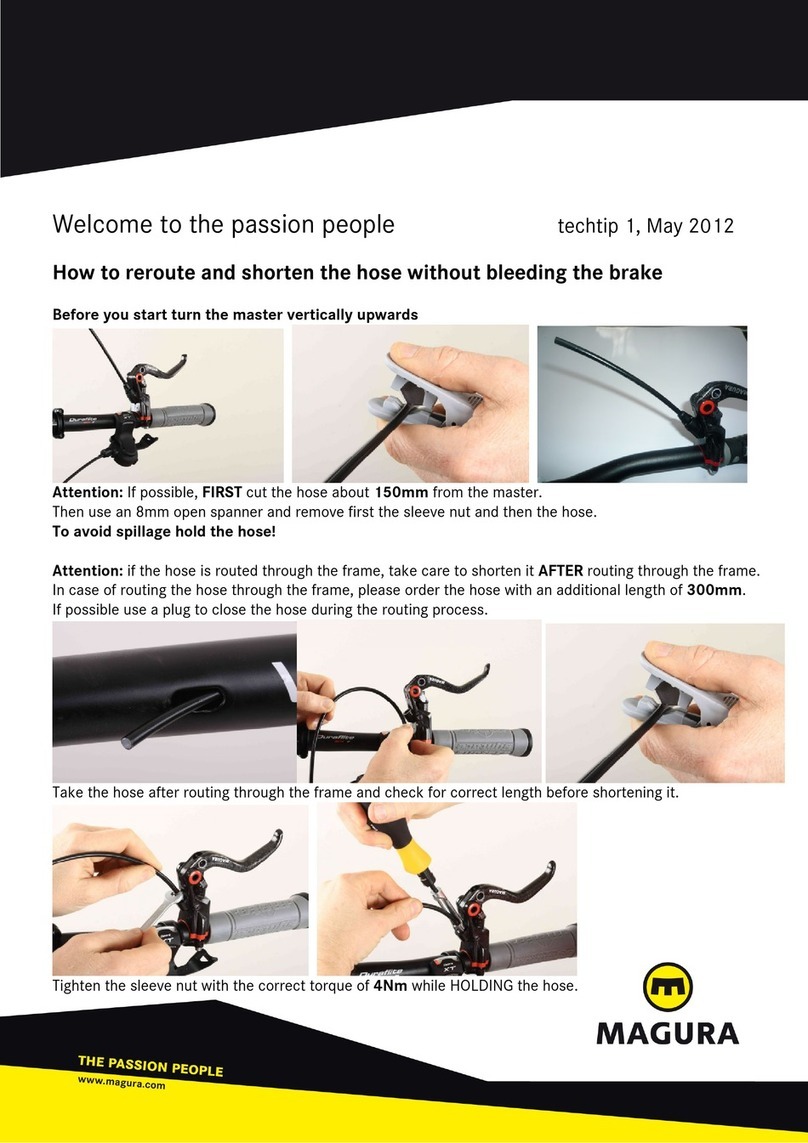
Magura
Magura MT Series User manual

Magura
Magura Clara 2002 User manual
Popular Bicycle Accessories manuals by other brands

Specialized
Specialized Elite CylcoComputer user manual

Sigma
Sigma BC 16.16 manual

Playcore
Playcore Dero Setbacks installation instructions

VDO Cyclecomputing
VDO Cyclecomputing x3dw instruction manual

Cateye
Cateye RAPID X2 manual

buratti meccanica
buratti meccanica Clorofilla Trail Use and maintenance manual

